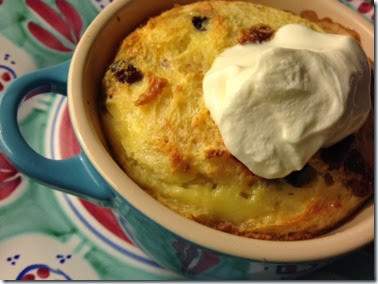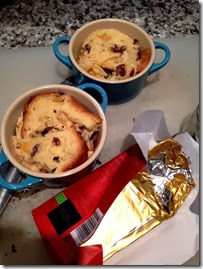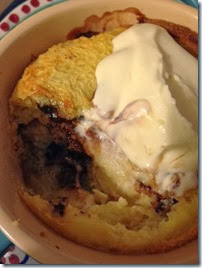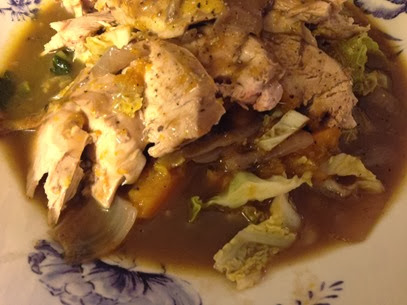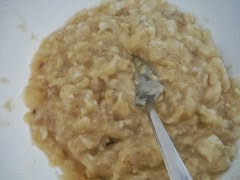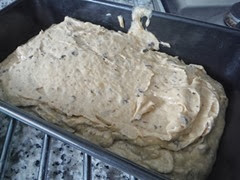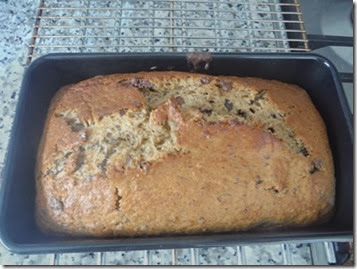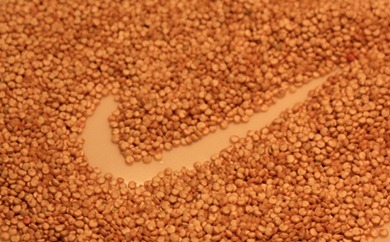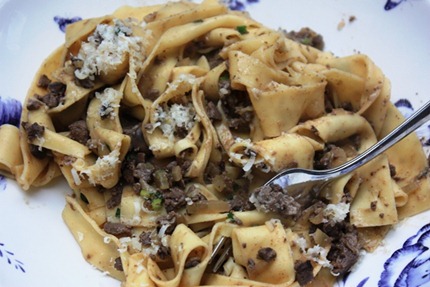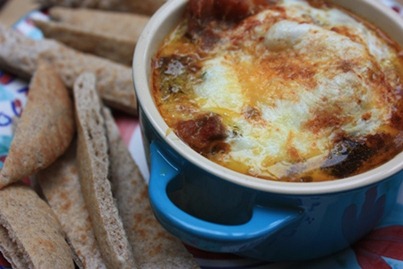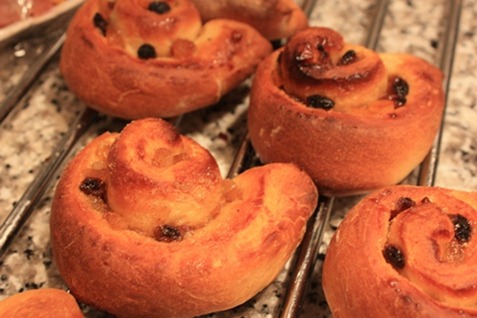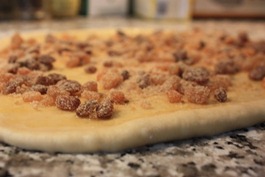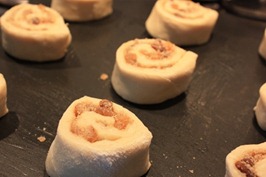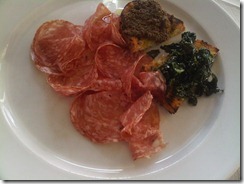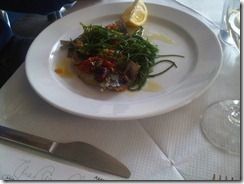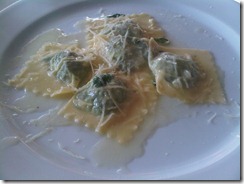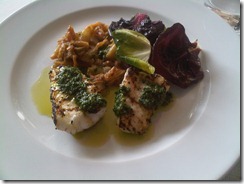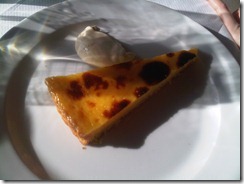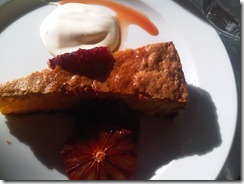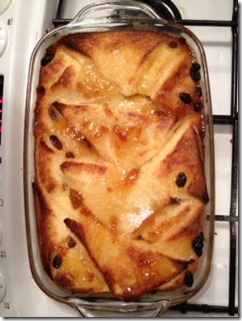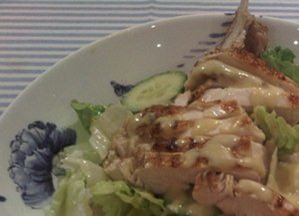Christmas time yields countless gifts, not least of which is the flurry of foods you only end up eating at this time of year. Like memories of ripe fruit from childhood, the recollection of these festive flavours is preserved in semi-perfection over the intervening year due to their short window of consumption. Like the Christmas tunes flooding the airwaves from the beginning of the month, they are welcomed in our house with open arms… (Though after a few weeks of these, you are happy to wave them off again.) Mince pies, pigs in blankets, turkey and stuffing, Christmas pud, Kirsty McColl & The Pogues… I love them all.*
In my perfect gingerbread house, the super-soft pillows would be made of rich, aromatic panettone. Light, buttery and filled with candied peel and dried fruit, choirs of (Italian) Christmas angels might have conceived this celestial sponge. A Christmas hit in our house, the BSG and I love it with Nutella for breakfast, a hot drink at teatime or a glass of sweet liqueur later. Quite frankly, it doesn’t stand a chance of lasting more than a few days. Should hell freeze over and stale leftovers remain once Christmas is over (fresh works too in case you can’t wait), then it makes the best bread and butter pudding out – a sneaky one to slip in just before any January detoxing…
For extra festive, sprinkle with icing sugar before serving and lace the layers with a few shakes of Gran Marnier for grown-ups.
Merry Christmas!
You need (Serves 2)
2 small round ovenproof dishes of ramekins, buttered
A couple of slices of panettone (whatever you have left, cut into rounds)
A few squares of good dark chocolate. Green & Black’s Maya Gold works.
1 egg
160 ml whole milk
1 tablespoon caster sugar
1/2 teaspoon vanilla extract
Grand Marnier (optional)
Preheat the oven to 160C. Lay your panettone pieces in the buttered dishes and tuck a couple of squares of chocolate in amongst the layers. Beat the egg and other ingredients together in a bowl and pour evenly over the bread so it comes up the sides. Sprinkle the tops with brown granulated sugar if you like, for a little extra crunch. Put a dish on the oven shelf, with the 2 ramekins inside it and carefully pour boiling water into the larger dish so it comes at least halfway up their sides. Bake for 20-25 minutes until just set.
Serve with creme fraiche or yogurt to cut through the richness, with the essential Christmas clementine on the side.
*Give amazing little sprouts a chance: they’re not just for Christmas, but for the whole winter.

